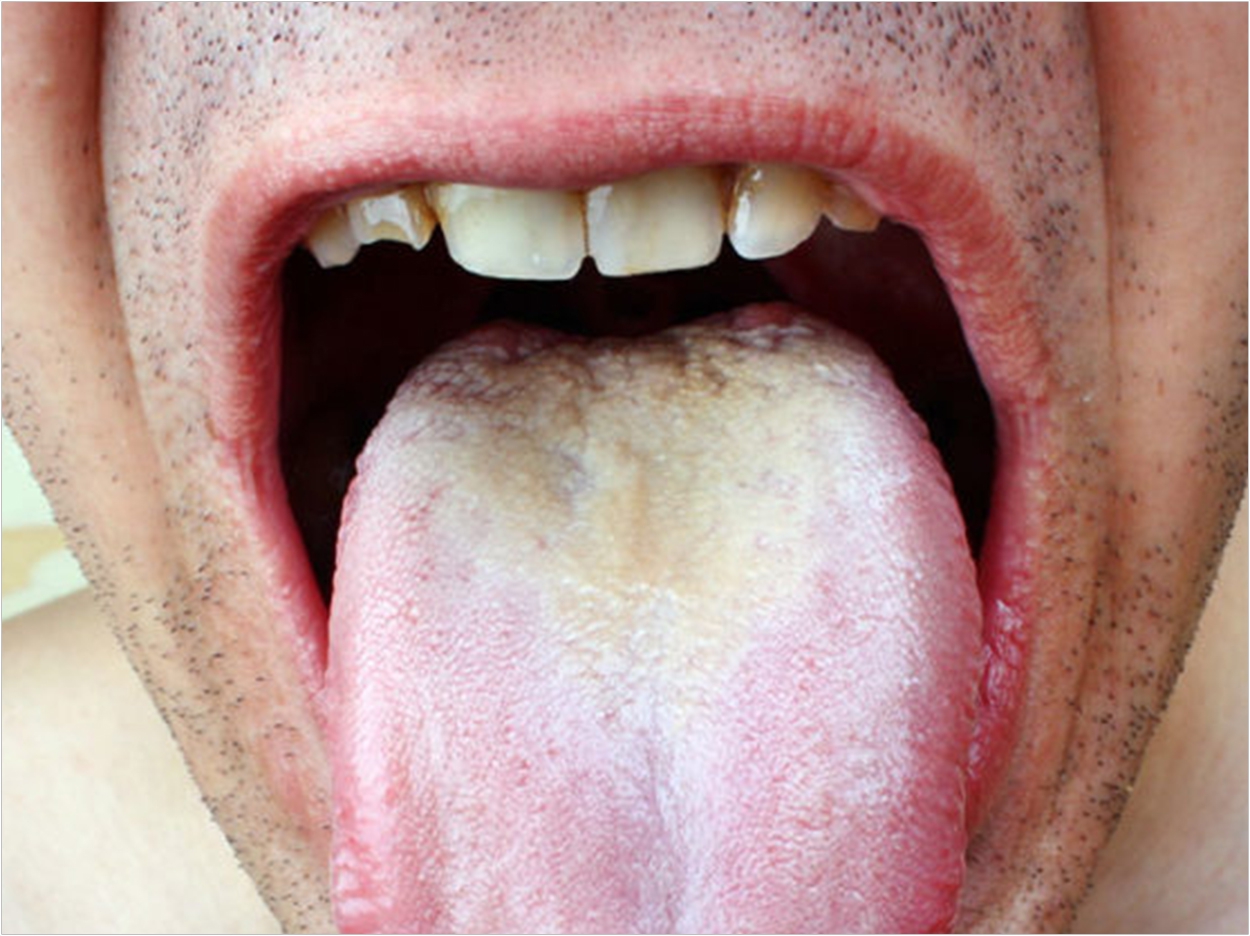
The University of Minnesota School of Dentistry has received a pair of grants from the National Institute of Dental and Craniofacial Research to research and identify new approaches for preventing thrush and periodontitis.
Associate professor Massimo Costalonga, DMD, PhD, has received $424,000 to investigate the cellular biological causes and potential prevention of oral thrush. Research specialist Peter Bittner-Eddy, PhD, received $424,000 to support work to investigate periodontitis.
Thrush is a condition in which the fungus Candida albicans over-accumulates on the lining of the mouth and tongue, sometimes causing painful infection and spreading to other parts of the body.
Building on previous findings, Costalonga will explore how immune cells in the epithelium of the oral mucosa regulate protection against Candida albicans. Prior research indicates that Intraepithelial Langerhans cells, a specialized phagocytic cell population, seems to regulate the numbers of anti-yeast T cells.
“With this grant, we will determine the migration of Langerhans cells to lymph nodes or their local activity via production of certain cytokines, aid the expansion of anti-yeast T cells and protect against candida infection,” said Costalonga.
“This new knowledge will help us develop therapies to manipulate and modulate the behavior of these anti-yeast immune cells to improve protection and improve vaccine design against candida,” said Costalonga.
Periodontitis is a chronic inflammatory disease that is the leading cause of gum tissue destruction and tooth loss. It results from a local destructive inflammatory response against a microbial biofilm surrounding the tooth. Bittner-Eddy will explore two hypotheses to determine how neutrophils regulate this destructive immune response.
One hypothesis examines if neutrophils secrete chemical signals that recruit a specific type of destructive T cell to disease sites. The second examines if neutrophil-like cells actively suppress effective immune responses, thereby exacerbating the disease state.
“Neutrophils are one of the first immune cell types recruited to sites of potential periodontal disease and they arrive in significant numbers,” said Bittner-Eddy.
“They themselves can act as agents of tissue destruction, but nothing is known about how they interact or modulate the behavior of other destructive immune cells that appear at later stages of disease,” he said.
“Through understating the good, the bad, and the ugly aspects of neutrophils in periodontal disease, we can develop therapies that dampen the bad qualities without impacting the good,” Bittner-Eddy said.
Related Articles
Periodontal Disease May Raise Risks of Oesophageal and Stomach Cancer
Researchers Investigating Histatin’s Role in Periodontitis Diagnosis
Large Study Links Periodontitis With Dementia












